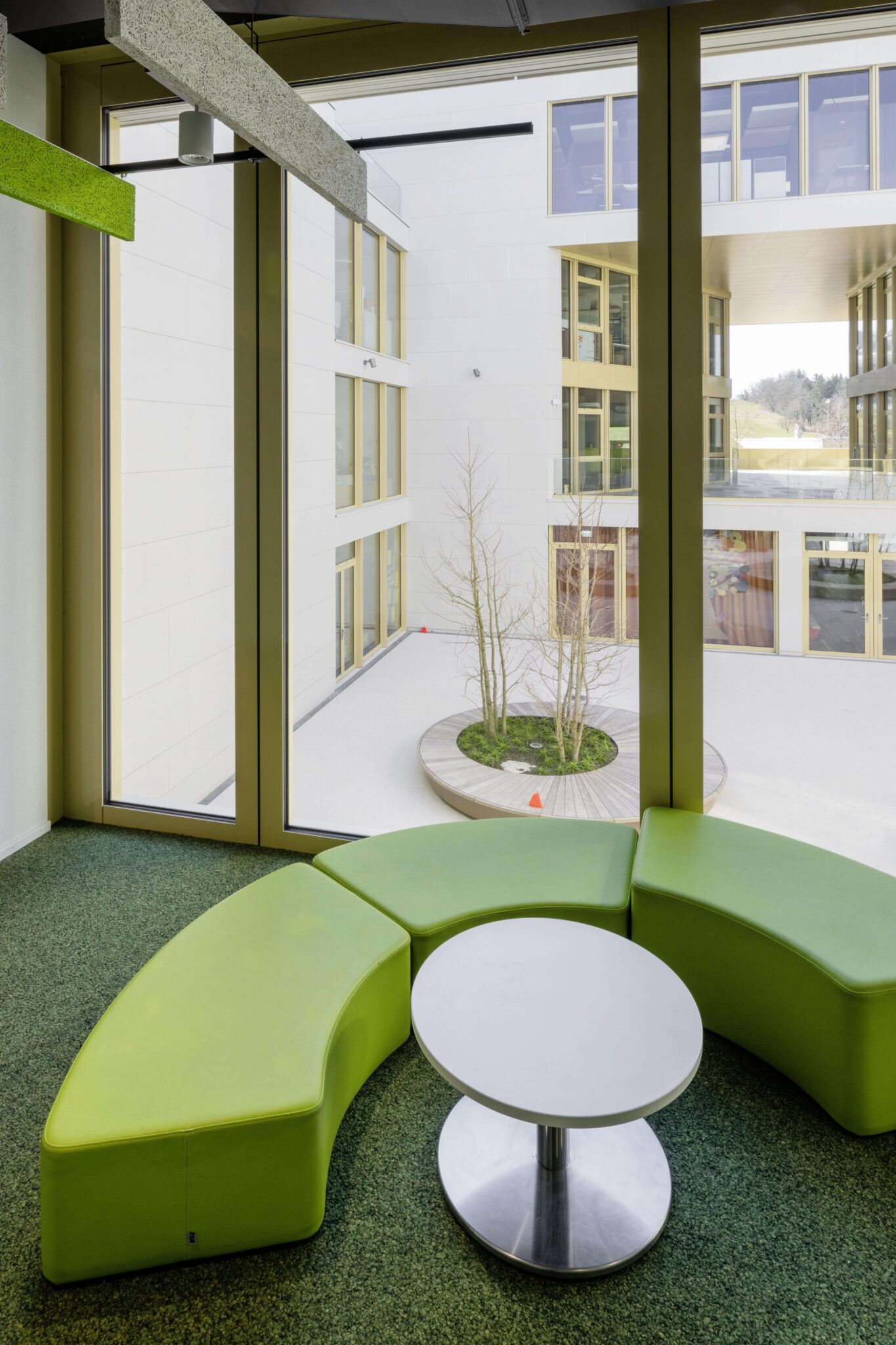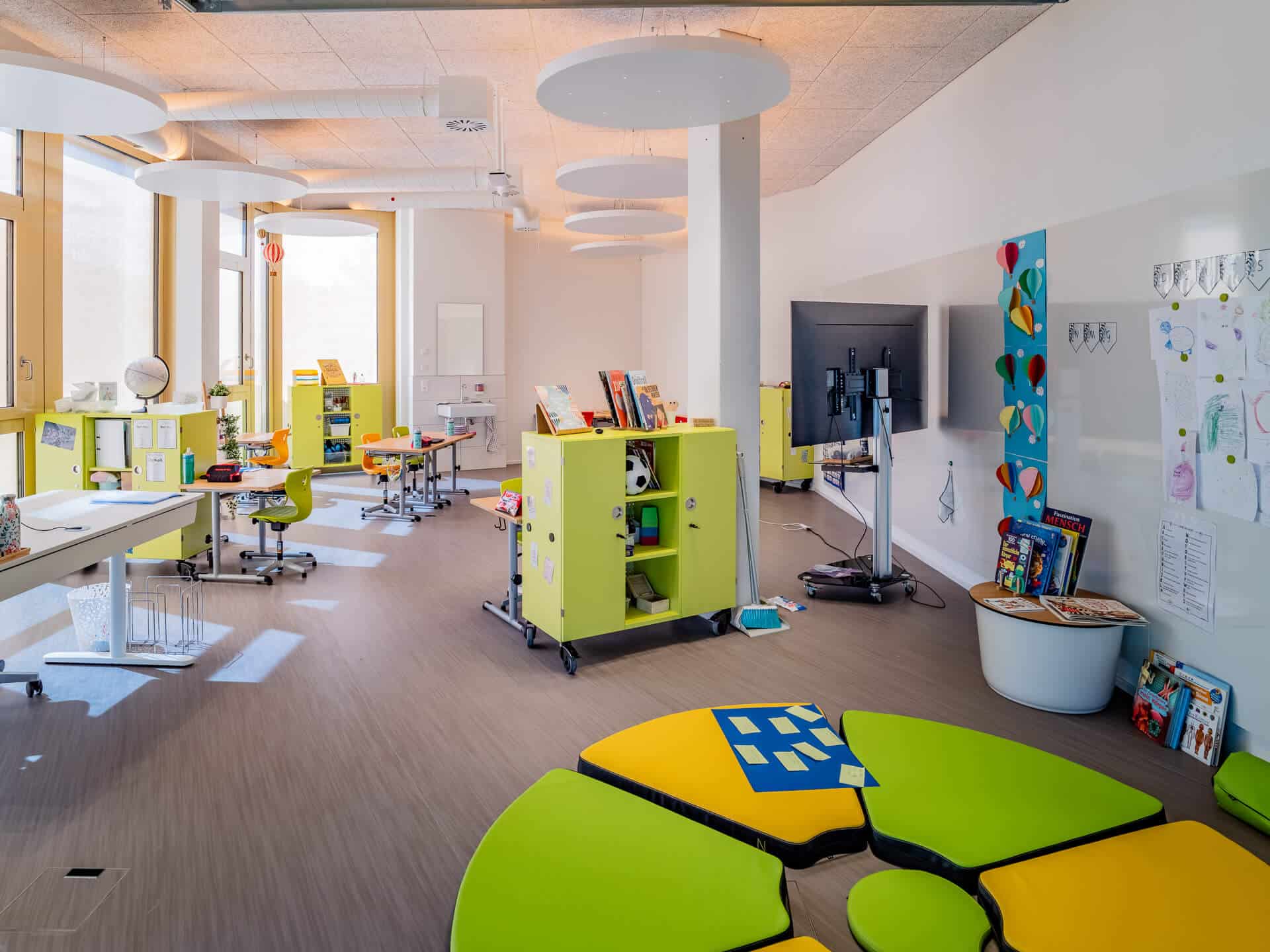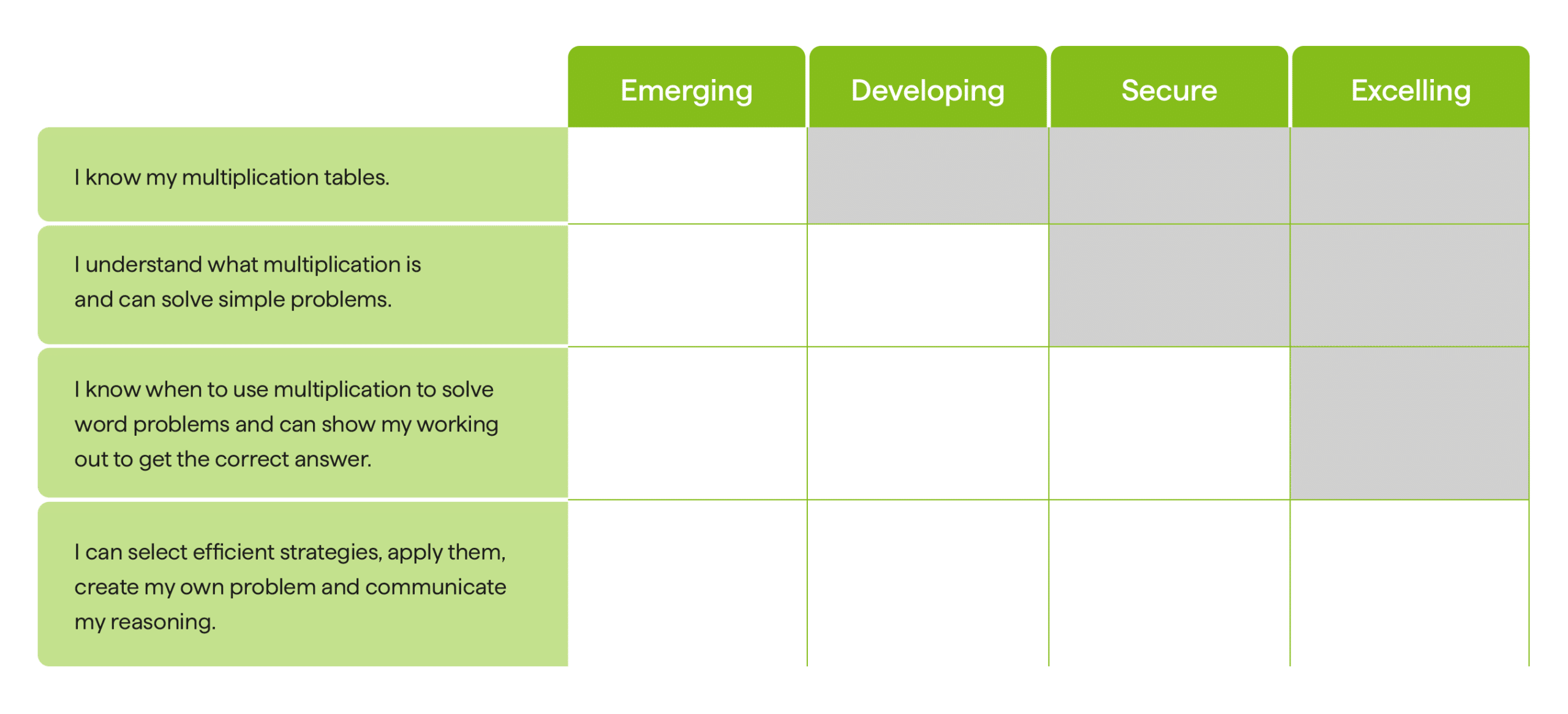What is Authentic Assessment?
Authentic assessment is a way of evaluating your child’s learning that goes beyond traditional tests and grades. Instead of just answering questions on a test, authentic assessment asks students to show what they’ve learned. This could be through projects, presentations, portfolios, or hands-on activities that reflect the skills and knowledge they’ve gained as well as a written test requiring them to solve problems, apply their knowledge and create.
Why don’t we use Grades?
In authentic assessment, the focus is on understanding and application as well as the process rather than just getting the right answers. While grades can give a general idea of how well a student is progressing, they don’t always reflect the full picture of what a student knows and can do. Authentic Assessment provides a more comprehensive view of your child’s abilities and allows them to demonstrate their understanding in diverse ways.
Why are we placing so much emphasis on authentic assessment, especially if traditional exams are still part of your child’s education?
The OBS and the Swiss education system have been influenced by renowned educational thought leaders such as John Hattie, whose research on visible learning has transformed teaching methodologies globally, John Dewey, the pioneer of progressive education, advocating for principles such as utility, interest, experience and socialisation, Sugata Mitra, whose exploration of self-organised learning environments has challenged conventional schooling paradigms, and Sir Ken Robinson, who advocated for promoting creativity and innovation in education. Their collective insights underscore the importance of fostering creativity, autonomy, and individuality in educational institutions.
Denise Pope, Ed.M.’89, Senior Lecturer at Stanford, distinguishes between grading and assessment. She defines grading as the process of evaluating and assigning value to something, while assessment, according to Pope, is feedback aimed at aiding student learning by facilitating their understanding of their current level of proficiency and guiding them towards further mastery. Pope emphasises the collaborative nature of assessment, rooted in the Latin term “assidere,” meaning “to sit beside.” In this cooperative approach, teachers work with students to regularly assess their level of understanding and identify both strengths and areas needing improvement. Pope acknowledges that while grades may sometimes offer insights, students are often uncertain about their true significance.
The Importance of Authentic Assessment
John Hattie’s empirical meta-study, based on over 50,000 studies involving over 83 million students, yielded crucial insights into teaching and learning success. Hattie emphasises that not only cognitive development but also students’ self-assessment of their own performance and formative assessment of teaching, also highlighted by Pope, are essential factors influencing academic success. The OBS acknowledges this through the implementation of Authentic Assessment, where feedback, feedforward, and feedup play a significant role.
Authentic assessment prepares your child for the future by developing essential skills beyond just memorisation and test-taking. In the real world, success often depends on problem-solving, critical thinking, creativity, and collaboration—skills that authentic assessment encourages.
At OBS your child learns how to apply their knowledge to solve practical problems, communicate effectively, and think critically about the world around them. These skills are crucial not only for academic success but also for thriving in their future careers and personal lives.
Balancing Authentic Assessment with Traditional Assessments
While authentic assessment is valuable, it’s essential to recognise that traditional exams still have their place in education. Sit-down exams can provide a standardised way to measure students’ understanding of specific content and skills. However, combining both authentic assessment and traditional exams creates a more holistic approach to evaluating your child’s learning.
Assessment using Bloom’s Taxonomy
Assessment using Bloom’s Taxonomy involves evaluating students’ understanding and mastery of concepts across different cognitive levels. Bloom’s Taxonomy categorises learning into six levels: Remembering, Understanding, Applying, Analysing, Evaluating, and Creating. Each level represents increasingly complex cognitive skills, from basic recall of facts to the synthesis and creation of new ideas and concepts.
When assessing students’ performance using Bloom’s Taxonomy, educators consider the level at which students are operating within each cognitive domain. This assessment helps determine the depth of understanding, critical thinking skills, and ability to apply knowledge in various contexts.
The descriptors “emerging,” “developing,” “secure,” and “excelling” align with Bloom’s Taxonomy and indicate students’ progression through the cognitive levels:
1. Emerging:
- Students working on competencies at the emerging level are just beginning to demonstrate understanding of basic concepts. They may still struggle with recalling facts and are not yet applying their knowledge. Additional support and guidance are often needed to help these students progress to higher levels of understanding.
2. Developing:
- Students working on competencies at the developing level are making progress in their understanding and application of concepts. They show a growing ability to comprehend information and apply it to different situations, but they may still require support to fully grasp more complex ideas.
3. Secure:
- Students working on competencies at the secure level have achieved a solid understanding of concepts and demonstrate proficiency in applying their knowledge effectively. They can analyse information, solve problems, and evaluate ideas with confidence.
4. Excelling:
- Students working on competencies at the excelling level demonstrate mastery of concepts within their grade-level expectations. They consistently demonstrate advanced critical thinking skills, creativity, and independent problem-solving abilities and are able to use their skills to create something new or solve a problem that they have not encountered before.


Below you will find some examples of how this is applied in practice.
Multiplication
Emerging (Remembering): I know my multiplication tables
Example: Johnny is learning multiplication. He can remember the multiplication table up to 12×12 without relying on counting or fingers.
Developing (Understanding): I understand what multiplication is and can solve simple problems
Example: Sarah understands the concept of multiplication as repeated addition. She can solve simple multiplication problems like 3 x 4 by adding 3 four times or by using arrays to represent the problem.
Secure (Applying/Analysing/Evaluating): I know when to use multiplication to solve word problems and can show my working out to get the correct answer
Example: David can apply multiplication to solve real-life problems. For instance, if he has 4 bags, and each bag contains 6 apples, he can calculate the total number of apples by multiplying 4 by 6.
Excelling (Evaluating/Creating): I can select efficient strategies, apply them by creating an example problem and communicate my reasoning
Example: Emily can analyse different multiplication strategies and choose the most efficient one for a given problem. She can evaluate which method works best for different scenarios, such as using the distributive property or breaking down numbers into factors. Additionally, she can create her own multiplication problems and explain her reasoning behind selecting specific strategies.
The learning goals will be represented like this in class and on assessments.
Mathematics examples
The shaded areas represent that a competency (not the student) cannot be evaluated at this level.

Emerging (Remembering):
- What is the sum of 5 + 3?
- I can count in twos up to 20?
Developing (Understanding):
- I can explain how I would solve the problem 10 – 5?
- I can show me how I would solve 4 + 6 using counters?
Secure (Applying): I can solve word problems
- If you have 7 apples and give 3 to your friend, how many apples do you have left?
- Timmy has 8 marbles, and he finds 2 more. How many marbles does he have now?
Excelling (Creating):
- Create pictures to show how many different ways you can get the answer 20 by using addition:

Grammar example:
Emerging (Remembering): I know what an adjective is
Example: What is the definition of an adjective?
Developing (Understanding): I can identify adjectives and understand their role in a sentence
Example: In a text, find examples of adjectives and explain their purpose
Secure (Applying/Analysing/Evaluating): I can evaluate the impact adjectives have on a text
Example: Read a text with no adjectives added, then add some and explain the differences.
Excelling (Evaluating/Creating): I can use adjectives to write about how things look and act.
Example: Writing a character description

By representing the competencies this way and through feedback / feeding forward a student will understand their next steps.
Alongside this the teaching teams in grades 1-6 use Highlighter pens to give instant feedback:
Gold (Yellow) for Glory: We want to see more of this
Blue to Do: This needs correcting (i.e. an incorrect spelling of words the student should know, an incorrect calculation, missing elements from a rubric in their work)
Pink to Think: How could you improve this? Have you used the correct operation? Have you checked your work?
Assessments consist of roughly 60% of the questions at the emerging and developing level requiring your child to memorise, recall and show an understanding of the concepts taught and what they are being asked to do, 20-30% at the secure level (showing a deeper understanding, understanding context, relationships and implications) and 10-20% at the excelling level (being able to use their knowledge and understanding, deciding how best to apply it and evaluating the question to create something).
By the end of grade 6 for a student to be considered Gymnasium level we expect them to be secure in:
- Mathematics
- Languages
- NMG
However, students at OBS are given to the end of grade 9 to reach Gymnasium level. They will then make the choice between the Swiss Eidgenössische Matura and the International Baccalaureate® (IB).
